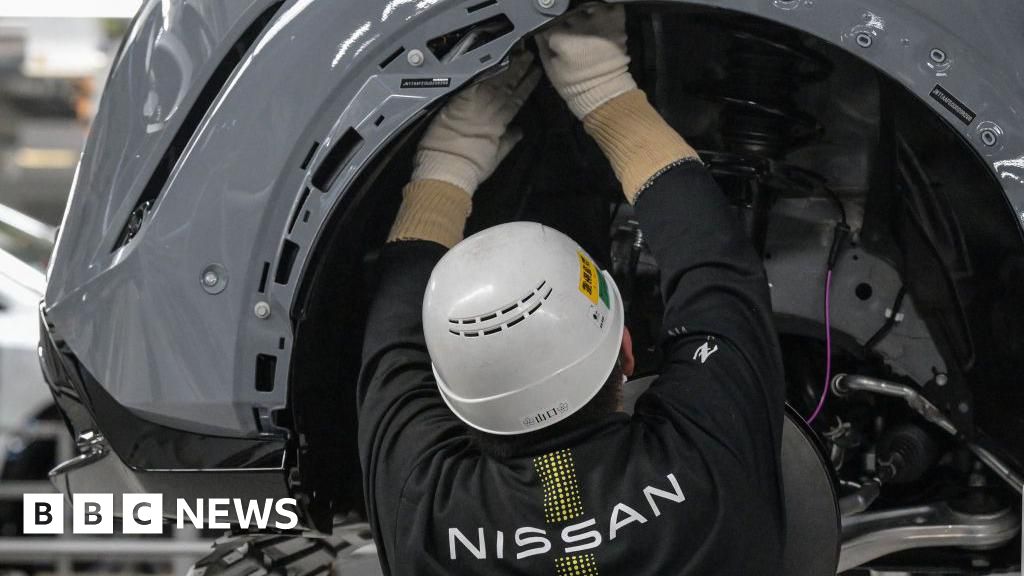Finance Minister Nirmala Sitharaman presented the Union Budget 2024 in Parliament today, February 1, 2024. (Image: PTI)
Prime Minister Narendra Modi announced the ‘Pradhan Mantri Suryodaya Yojana’ with the target of installing rooftop solar earlier in January.
Interim Budget 2024 Announcements: Finance Minister Nirmala Sitharaman on Thursday said Pradhan Mantri Suryodaya Yojana will enable one crore families to get up to 300 units of free electricity every month and help them save up to Rs 18,000 annually.
Also Read: Budget 2024 LIVE Updates
Sitharaman in her interim budget speech said through rooftop solarisation, one crore households will be enabled to obtain up to 300 units of free electricity each month.
Prime Minister Narendra Modi announced the ‘Pradhan Mantri Suryodaya Yojana’ with the target of installing rooftop solar earlier in January.
Also Read: Budget 2024: 3 Railway Corridors, New Airports & Port Infra, India’s Connectivity Gets Major Boost
What Is Pradhan Mantri Suryoday Yojana?
Prime Minister Narendra Modi on January 22 announced the ‘Pradhan Mantri Suryodaya Yojana’ under which 1 crore households will get rooftop solar.
PM Modi said “today, on the auspicious occasion of the consecration of life in Ayodhya, my resolve has been further strengthened that the people of India should have their own solar roof top system on the roof of their houses.
The first decision I have taken after returning from Ayodhya is that our government will launch “Pradhan Mantri Suryodaya Yojana” with the target of installing rooftop solar on 1 crore houses.
This will not only reduce the electricity bill of the poor and middle class but will also make India self-reliant in the field of energy.”
Subsidy Under The Scheme
Under this Pradhan Mantri Suryodaya Yojana (scheme), the central government is providing a substantial 40% subsidy on the installation of solar panels with a 3-kilowatt capacity. For those opting for a larger capacity of 10 kilowatts, a still considerable 20% subsidy is being offered.
Benefits Of Pradhan Mantri Suryodaya Yojana
Talking about the benefits, FM Sitharaman informed the House that there will be “savings up to Rs 15,000-18,000 annually for households from free solar electricity and selling the surplus to the distribution companies.”
The scheme will also aid the charging of electric vehicles, entrepreneurship opportunities for a large number of vendors for supply and installation and employment opportunities for the youth with technical skills in manufacturing, installation, and maintenance.
Anujesh Dwivedi, Partner, Deloitte India, said, “Empowering one crore households with rooftop solar installations, delivering up to 300 free units monthly, signifies a transformative synergy for the power sector.”
This initiative not only advances renewable energy capacity installation in the country but also addresses the chronic issue of poor financial viability and subsidy dependence of DISCOMs, marking a significant stride towards sustainability and economic efficiency, Dwivedi said.
Wind Energy
Talking about India’s commitment for ‘net-zero’ by 2070, she announced a viability gap funding for harnessing offshore wind energy.
“Viability gap funding will be provided for harnessing offshore wind energy potential for initial capacity of 1 GW,” she said.
According to the Central Electricity Authority data, India has a solar energy-installed generation capacity of over 73 GW.
Similarly, the data showed that wind energy capacity in the country stood around 45 GW while large hydro (over 25 MW capacity each) is 47 GW.
The biomass power/cogen capacity is about 10 GW and that of small hydro (up to 25 MW) is around 5 GW, while the waste-to-energy capacity stood at 583 MW.
India has set a target of having 500 GW of renewable energy by 2030 and has 50 per cent of installed power generation capacity from non-fossil fuel sources.
















































